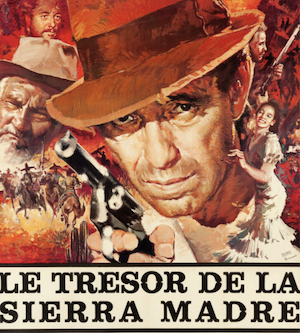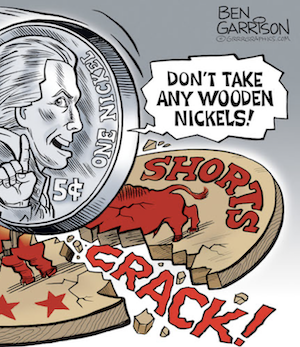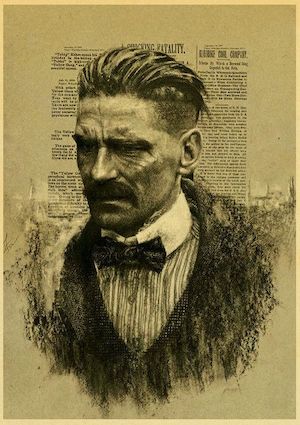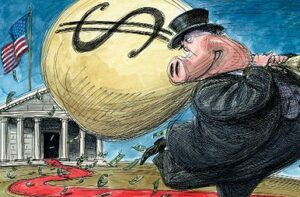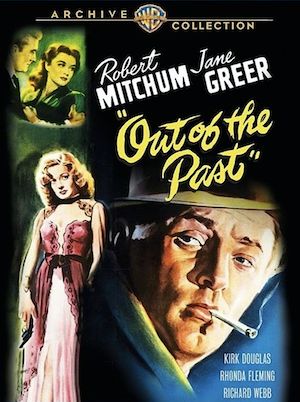Andrew Jackson stares down the national bank and wins.
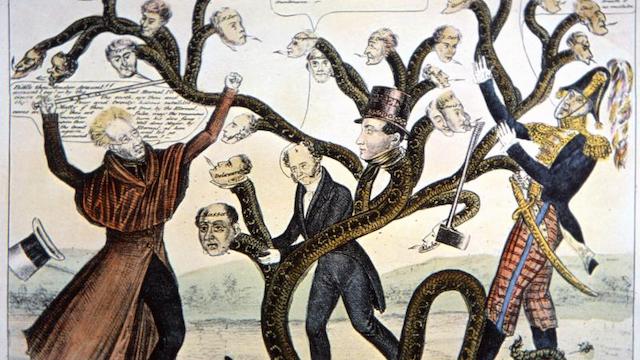
“Jackson Slaying the Many-Headed Monster,” 1828. Private collection, Peter Newark American Pictures / Bridgeman Art Library
On July l0, 1832, President Andrew Jackson sent a message to the United States Senate. He returned unsigned, with his objections, a bill that extended the charter of the Second Bank of the United States, due to expire in 1836, for another fifteen years. As Jackson drily noted, the bill was presented to him on the Fourth of July, a day freighted with portent.
Today Jackson’s Bank Veto and the political conflagration known as the “Bank War” that it touched off seem arcane and nearly incomprehensible. While misdeeds among the rich and powerful still garner headlines and incite congressional inquiries, the core instruments of our economic system-the network of banks capped by the Federal Reserve; the corporate form of business enterprise; the very dollars in our wallets, issued and guaranteed by the federal government – are utterly taken for granted. That these could have been the subject of controversy, that anyone could seriously contemplate organizing American capitalism differently, seems nearly unthinkable. Andrew Jackson is recalled today, when recalled at all, for other things, primarily as the architect of forced Indian removal. His face on the $20 bill is a mystery to many, an outrage to some, and, to the knowing, a curious irony. (Continue Reading…)


